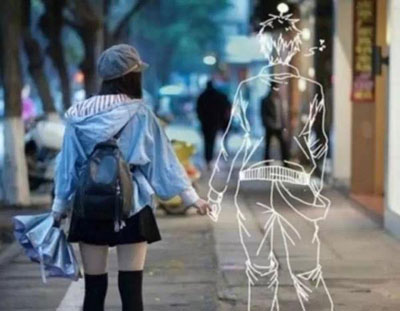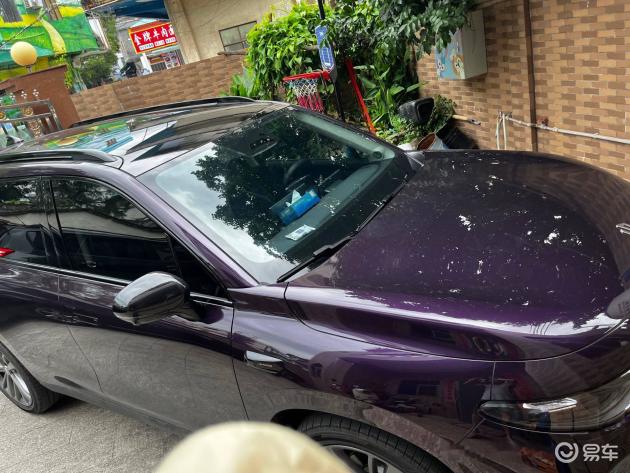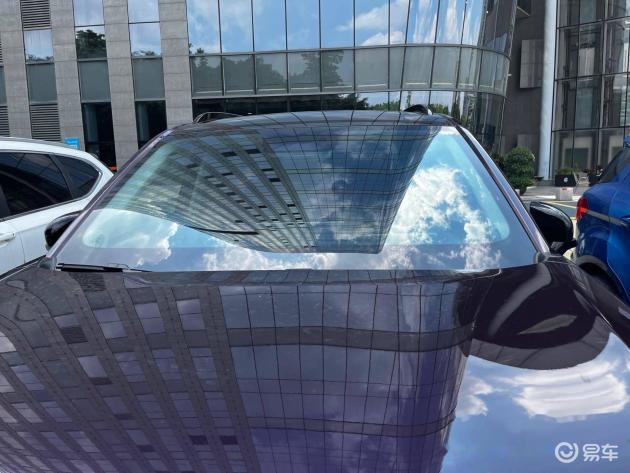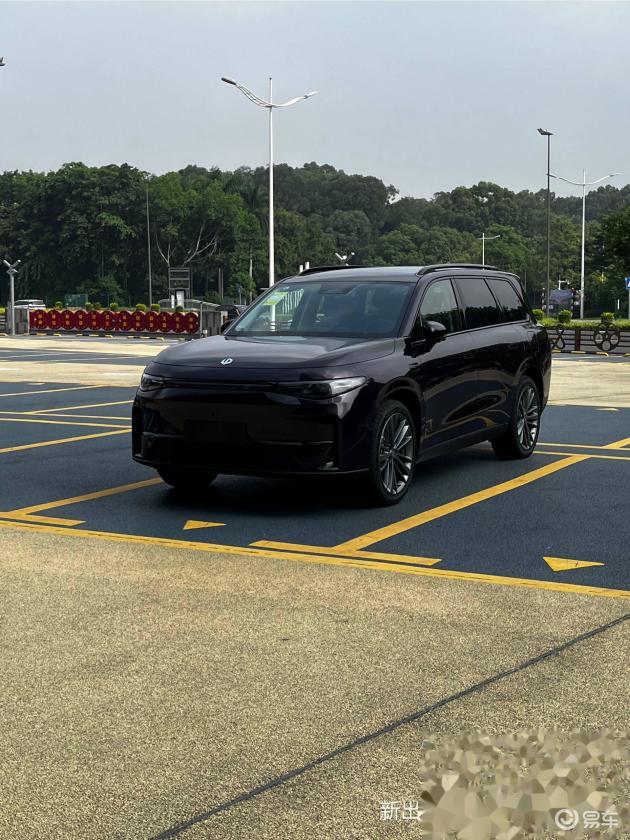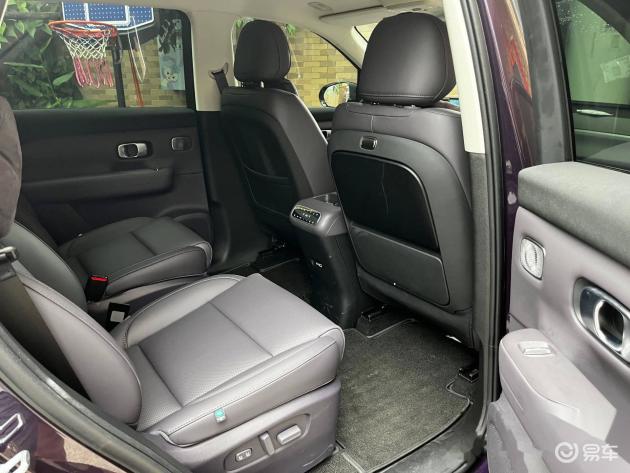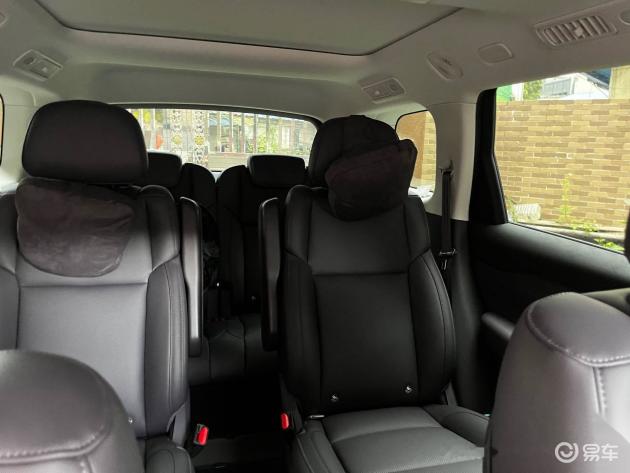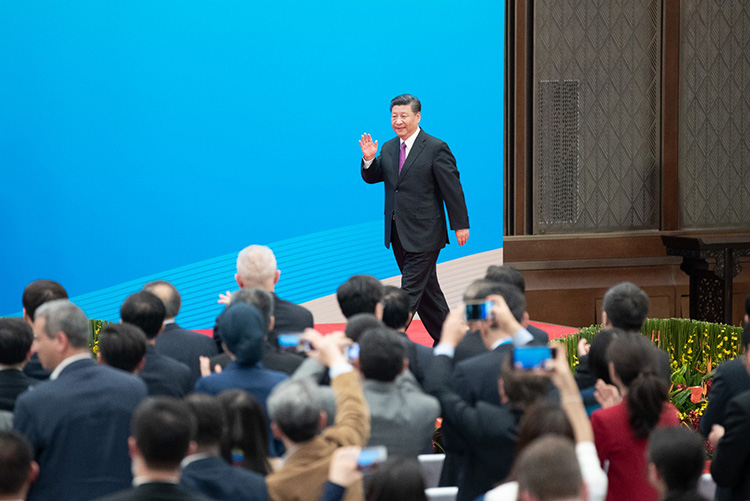Press conference video
The Information Office of the Provincial Government held the sixth press conference on the topic of epidemic prevention and control in COVID-19, Henan Province at 16: 00 on February 9, 2020.
Publish content: Announce to the public the detailed implementation of joint prevention and control measures in various places and fully promote the prevention and control of epidemic situation.
PublisherResponsible comrades of epidemic prevention and control headquarters in Zhengzhou, Xinyang, Nanyang and Zhumadian.
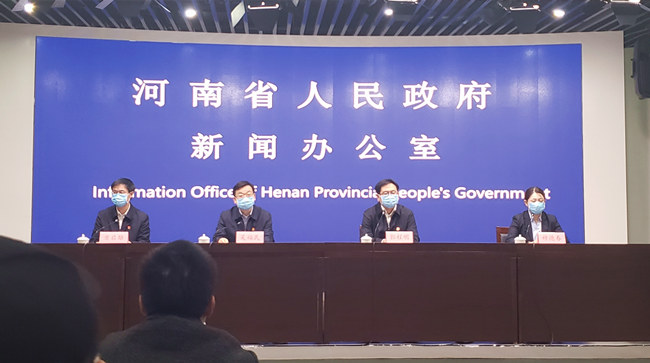
[News report]
The Sixth Press Conference of Epidemic Prevention and Control in COVID-19, Henan Province was held.
Fight the tough battle of epidemic prevention and control according to local conditions
At present, Xinyang, Nanyang, Zhengzhou and Zhumadian are the areas with serious COVID-19 epidemic in our province, especially Xinyang, Nanyang and Zhumadian, which are close to Hubei, and are facing greater control pressure. Then, what effective measures have been taken in these areas in terms of strict prevention and control, material security and patient treatment? On February 9, at the sixth epidemic prevention and control conference of the provincial government, the relevant responsible persons of four provincial cities responded to the concerns of the masses.
1. Zhengzhou: "Big data+artificial intelligence" helps epidemic prevention and control.
At the Zhengzhou venue, Guo Chengming, director of Zhengzhou Big Data Administration, introduced that Zhengzhou Big Data Administration used big data, artificial intelligence and other technologies to provide support for top-level decision-making, policy release and resource allocation of epidemic prevention and control in the city.
First of all, Zhengzhou opened the epidemic data sharing channel of all departments directly under the municipal government, and accumulated 16 million pieces of data in 42 categories, including confirmed personnel information, suspected personnel information, close contact personnel information and traffic information. On this basis, combined with Alibaba Group, Zhengzhou integrated epidemic prevention and control data platform was developed, and fever clinic registration system, nail epidemic statistics system and epidemic situation analysis system were developed and built.
As of 12: 00 on February 9th, Zhengzhou city’s data sharing and exchange platform registered a total of 42,519 people with various types of fever, with 57,239 people focusing on nail investigation and 490,857 people coming to Zhengzhou. At 0: 00 on February 10th, Zhengzhou will launch the health registration management system of residential quarters to effectively manage the health status of residents in 10,861 residential quarters in the city.
Wu Fumin, deputy head and mayor of the leading group for epidemic prevention and control in Zhengzhou, said that the comprehensive building of infectious disease hospital of Zhengzhou First People’s Hospital, the Zhengzhou version of Xiaotangshan Hospital, completed the main project of the hospital on February 5, five days ahead of schedule. At present, the installation of medical equipment is under way, and it is expected that the first batch of patients will be received on February 15. The hospital has a total construction area of 26,210 square meters, including the reconstruction of an existing outpatient building of more than 7,000 square meters and the construction of a new ward of 11,650 square meters, with about 800 beds.
2. Xinyang: Strictly prevent and strictly control and firmly hold the "South Gate" of Henan.
Xinyang, known as the "South Gate" of Henan, is in the forefront of epidemic prevention and control in the whole province because it is close to Hubei. At Xinyang Branch, Hou Qindong, deputy commander and deputy mayor of Xinyang Epidemic Prevention and Control Command, introduced that as of 22: 00 on February 8, 98,544 people had returned to Xinyang from Hubei, including 80,462 from Wuhan; There are 924 people with fever in Xinyang City, 203 people are under observation, 98 people are suspected, 205 people are diagnosed and 24 people are cured. "At present, the monitoring and home observation of people returning from Hubei to Xinyang have been effectively implemented, the detection ability and treatment ability have been effectively improved, the number of cured people is in the forefront of the province, and the spread of the epidemic has been effectively curbed."
Hou Qindong introduced that Xinyang has cancelled all public gathering activities at present; A complete suspension of public transport; There are 64 inspection stations in the main traffic arteries at the border with Hubei according to laws and regulations, and checkpoints are flexibly set up in township roads and village roads to prevent the epidemic from being imported.
In terms of improving the ability of treatment, Xinyang identified 9 hospitals for the treatment of confirmed cases and set up fever clinics in 30 medical institutions; Emergency start the construction of standby diagnosis and treatment hospitals, and the city is now ready to centrally treat 1165 beds; A special observation point for medical staff involved in the fight against the epidemic has also been established.
In terms of capital and material security, at present, the municipal and county (district) levels of finance have invested 230 million yuan; Accumulated more than 2.2 million pieces of epidemic prevention and control materials.
3. Nanyang: Give full play to the advantages of traditional Chinese medicine to treat patients with "one person, one case"
Nanyang, which is close to Hubei, is a big agricultural city, a big population city and a big labor export city, and personnel management is under great pressure. In this regard, at the Nanyang branch, Chang Jianhui, director of Nanyang Emergency Management Bureau, said that in terms of external defense input, Nanyang stopped all inter-provincial and inter-city passenger transport for the first time, closed 22 high-speed toll stations, set up prevention and control quarantine checkpoints on five-level roads in provinces, counties and villages, and set up 141 checkpoints only at the junction with Hubei, building four lines of defense around cities, counties and villages to ensure "zero input".
In order to achieve "zero spread", Nanyang has implemented a "four-package-one" work method with a township street cadre, a village (community) cadre, a village doctor or community medical staff for isolated households such as influxes and close contacts from key epidemic areas, and carried out full-process control services to ensure that isolated objects do not leave their homes and outsiders cannot enter.
There are currently 133 confirmed patients in Nanyang, ranking second in the province. A Ying, executive deputy commander and deputy mayor of Nanyang Epidemic Prevention and Control Headquarters, said that in terms of patient treatment, Nanyang has identified 20 designated hospitals, provided 2,290 beds, set up 37 fever clinics, invested 2,800 medical staff, and prepared 16 backup designated hospitals and 1,700 beds.
At the same time, give full play to the advantages of traditional Chinese medicine in Nanyang, and set up an expert group on prevention and treatment of traditional Chinese medicine composed of 31 people, including Tang Zuxuan, a master of traditional Chinese medicine, to formulate a prevention plan of traditional Chinese medicine, and Chinese and Western medicine cooperated to participate in the treatment of confirmed and suspected cases. A Ying said: "At present, there have been 687 consultations, and 10 critical cases and 28 severe cases have been treated; 22 cases were cured and discharged, 5 cases were critically ill and 17 cases were severe and mild. "
4. Zhumadian: Open a green channel to ensure the supply of materials.
In order to prevent the further spread of the epidemic, Zhumadian City resolutely implemented the measures of early detection, early reporting, early isolation, early diagnosis and early treatment in the prevention and control of the epidemic. At the Zhumadian sub-meeting, Feng Yumei, deputy commander and deputy mayor of Zhumadian City Epidemic Prevention and Control Headquarters, said: "The suspected cases and close contacts found are quickly isolated, the epidemic areas are quickly delineated, and closed management is implemented by classification; Increase testing equipment, increase testing batches, speed up testing, and make the pass move forward. The first batch of 11 hospitals were identified as designated treatment units, and 12 hospitals were reserved. "
Sun Liuping, director of the Transportation Bureau of Zhumadian City, introduced that in order to ensure the fast and smooth transportation of materials, Zhumadian implemented an emergency transportation pass system. According to the requirements of the municipal epidemic prevention and control headquarters, according to the transportation situation of materials, the transportation vehicles were handled with A, B and C certificates respectively. Up to now, 279 passes of various types have been issued.
At the same time, green passages have been opened at the entrance and exit of expressways. The city has opened 36 green passages, with 182 emergency vehicles and 585 tons of emergency materials passing through the green passages.
"The restrictions on the tail number of motor vehicles in the central city have been temporarily lifted, and emergency transport vehicles passing through or entering and leaving Zhumadian can pass quickly." Sun Liuping said that through a series of measures such as strengthening traffic guidance, optimizing checkpoint setting and lifting restrictions, Zhumadian’s materials transportation is smooth and the market supply is sufficient. (Henan Daily reporter Ping Cao Wang Ping He Ke)
